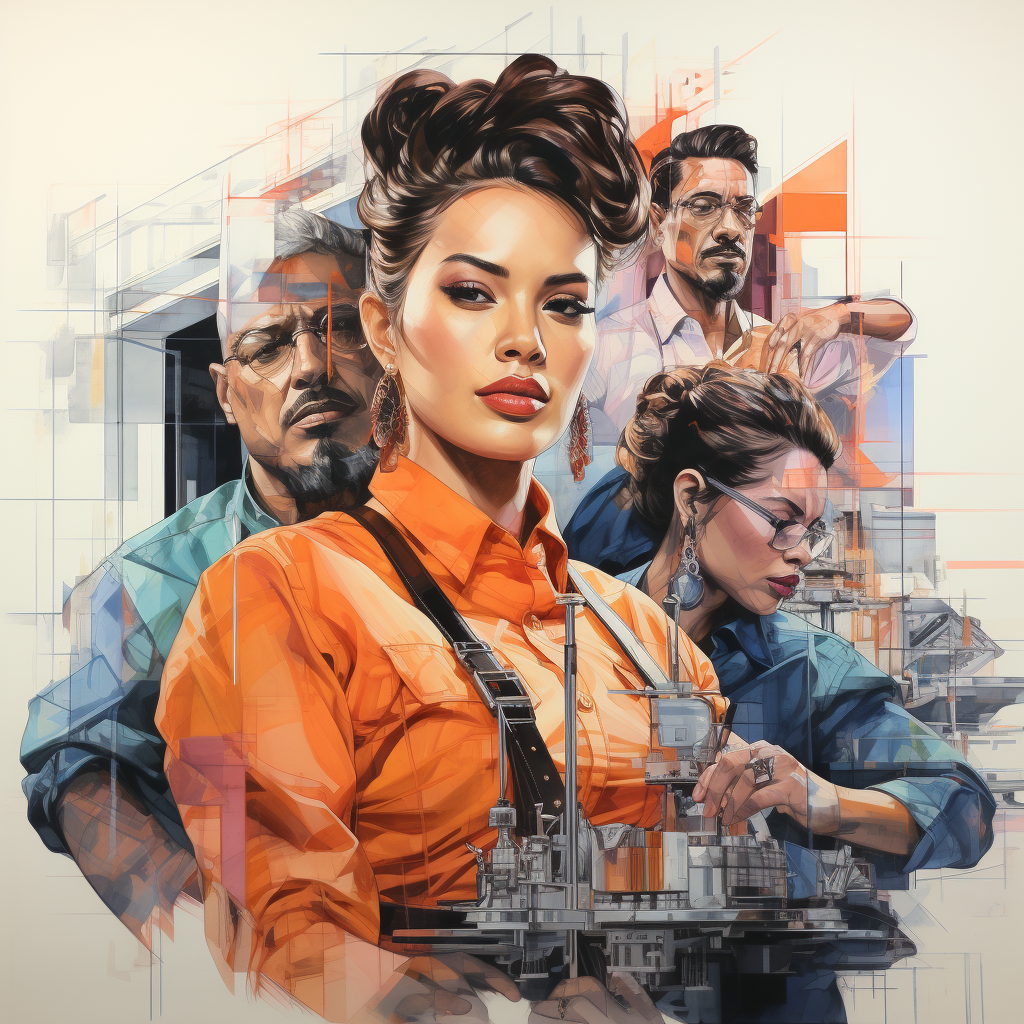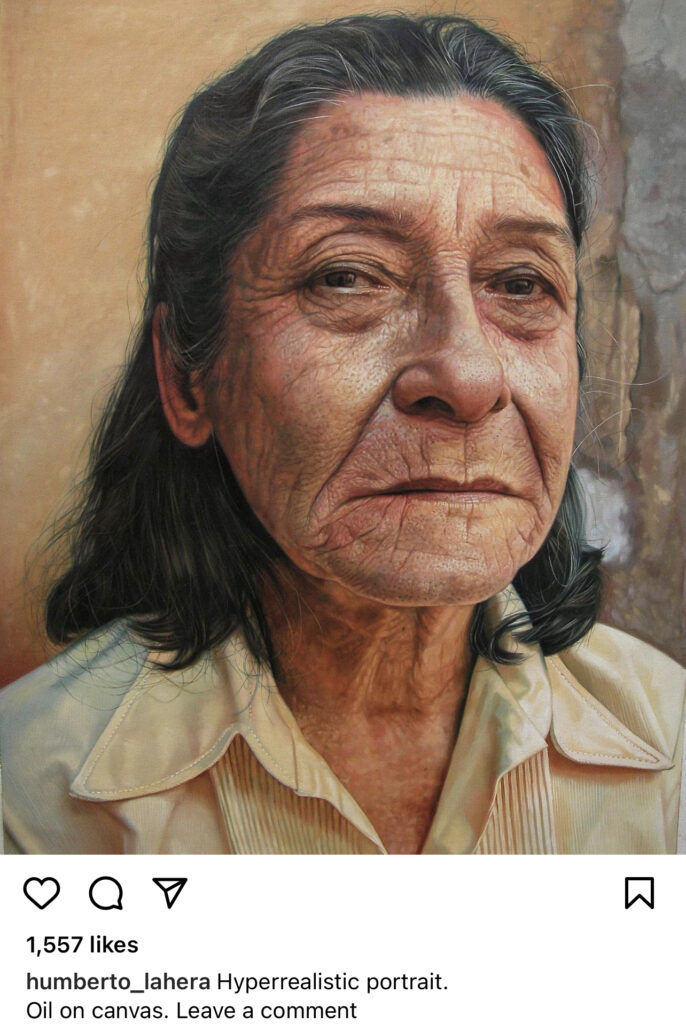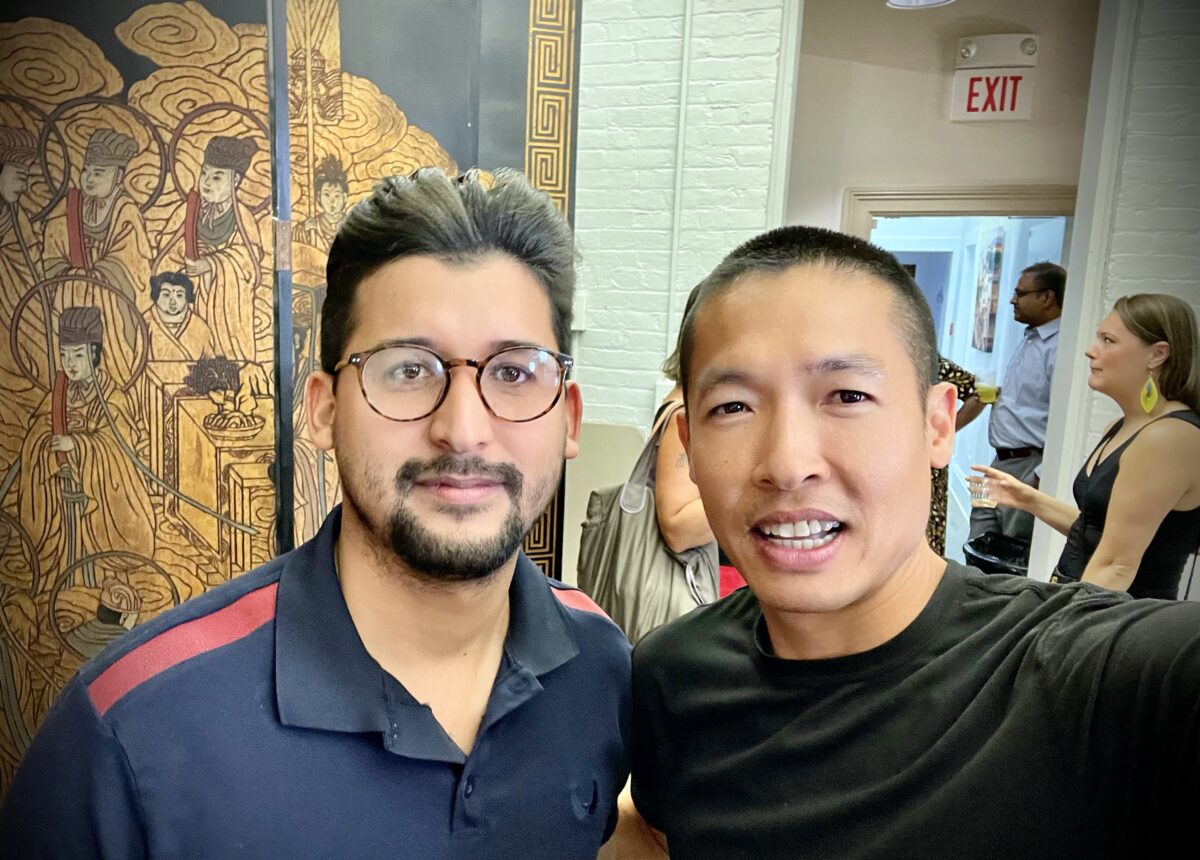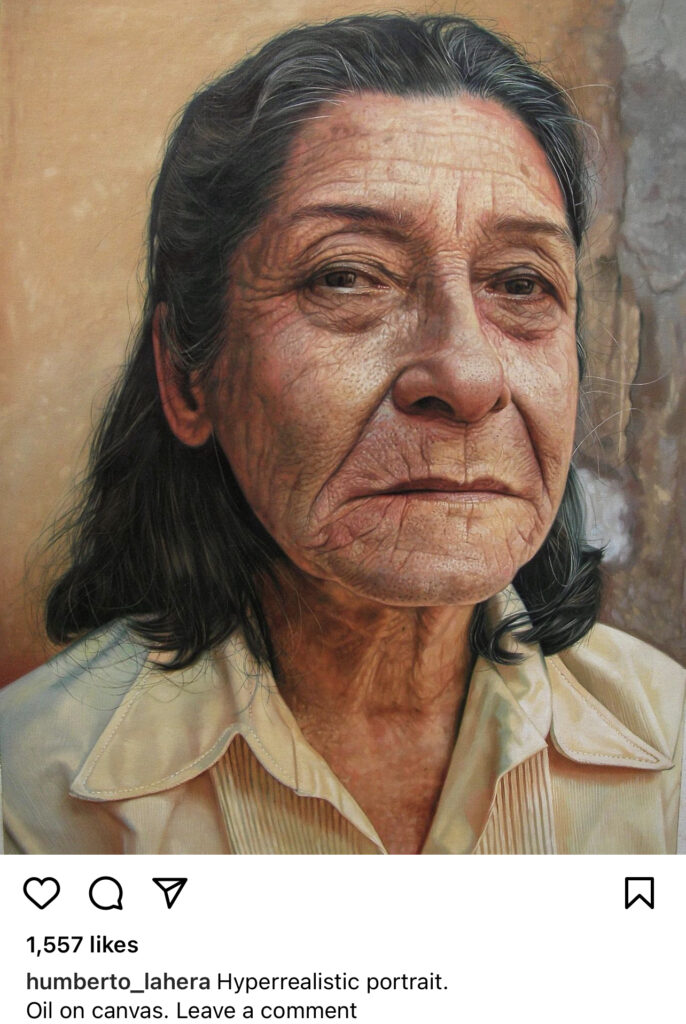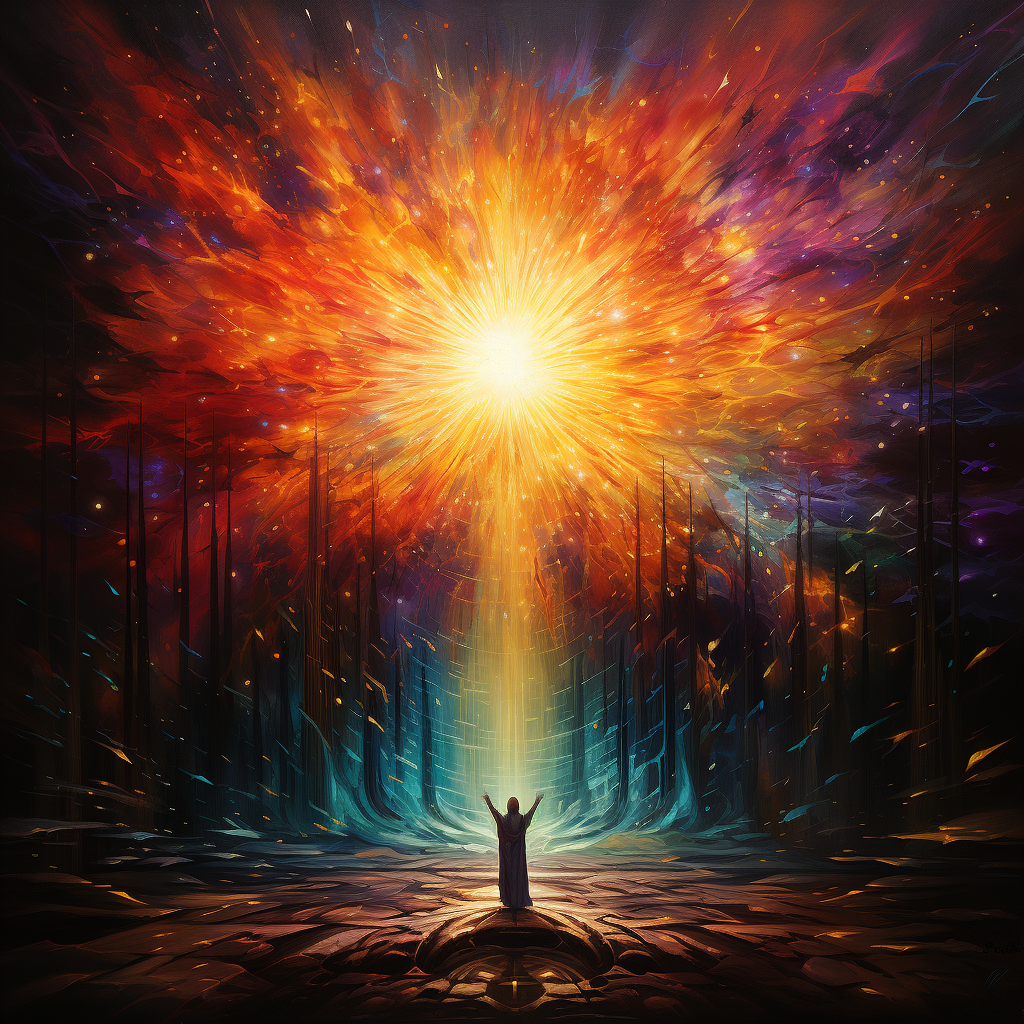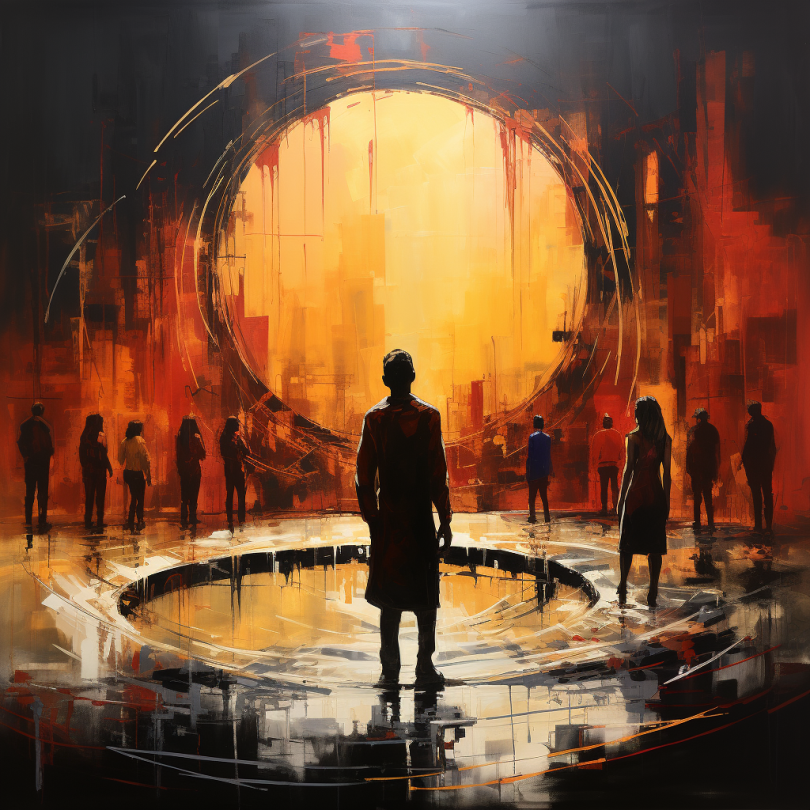Ubicada en el corazón de Kentucky, la Academia de Belleza de Louisville (LBA, por sus siglas en inglés) se ha convertido en un importante canal para aquellos que buscan una carrera en la industria de la belleza. Ofreciendo programas de licenciatura completos en Cosmetología (1500 horas), Estética (750 horas), Tecnología de Uñas (450 horas), y Soplado y Estilismo (400 horas), todos en cumplimiento de la ley de Kentucky, la LBA destaca por su compromiso con la diversidad y el empoderamiento de las comunidades inmigrantes. Se debe reconocer especialmente su notable dedicación a la dinámica comunidad latina de Kentucky.
La LBA es más que una academia de belleza. Es una historia de éxito inmigrante, simbolizando la realización del sueño americano. Propiedad y operada por inmigrantes vietnamitas, Di Tran y su esposa, Vy Truong, la LBA personifica el espíritu de perseverancia, aspiración y progreso. Su viaje personal de migración y adaptación ha fomentado un profundo compromiso para retribuir a las comunidades inmigrantes en los Estados Unidos, principalmente a las comunidades latinas y asiáticas.

La comunidad latina de Kentucky, compuesta por mexicoamericanos, puertorriqueños, cubanoamericanos, dominicoamericanos, centroamericanos, sudamericanos y hispanoamericanos, encuentra un refugio de oportunidades en la LBA. Aquí está el por qué:
Afinidad Cultural: Las tradiciones y prácticas de belleza de la comunidad latina son reconocidas y celebradas en la LBA. El plan de estudios inclusivo incorpora estas ricas tradiciones, inculcando un sentido de conexión cultural.
Inclusión de Idiomas: La LBA va más allá para superar la barrera del idioma que a menudo enfrentan los inmigrantes. Este compromiso con la inclusividad de idiomas asegura que los estudiantes cuyo primer idioma no es el inglés no se sientan excluidos.
Construcción de la Comunidad: El diverso cuerpo estudiantil de la LBA promueve un fuerte sentido de comunidad. Fomenta un espacio donde los estudiantes pueden conectarse con otros que comparten antecedentes culturales y aspiraciones similares, proporcionando un ambiente de aprendizaje enriquecedor y de apoyo.
Oportunidades de Empleo: Los robustos programas de formación de la LBA equipan a los estudiantes con habilidades para una amplia gama de oportunidades de carrera en la industria de la belleza. Esto es particularmente beneficioso para la comunidad latina, abriendo el camino hacia el emprendimiento y el empleo remunerado.
Desarrollo Profesional: Más allá de impartir habilidades técnicas, la LBA enfatiza la importancia del profesionalismo. Inculca disciplina, ética de trabajo y el comportamiento profesional necesario para sobresalir en la industria de la belleza, todo mientras se adhiere a las horas de formación estipuladas por la ley de Kentucky.
La visión de Di Tran y Vy Truong va más allá de los límites de la educación. Han transformado con éxito la LBA en una plataforma de empoderamiento para más de mil graduados, la mayoría de los cuales son inmigrantes. Su enfoque en servir a la comunidad inmigrante es un testimonio de su viaje personal y los desafíos que han superado.
Esta dedicación resuena fuertemente con la comunidad latina, proporcionando un ambiente donde se celebra la diversidad, se superan las barreras del idioma y se nutren los sueños. De igual manera, la comunidad asiática encuentra en la LBA un espacio que reconoce y aprovecha sus prácticas de belleza culturales únicas.
En resumen, la Academia de Belleza de Louisville es más que una academia; es un faro de esperanza y oportunidad para los inmigrantes. Encapsula la creencia de Di Tran y Vy Truong en retribuir a la comunidad que les brindó oportunidades, dando forma al futuro de muchos profesionales de la belleza en ciernes. Su historia, el éxito de la academia y la prosperidad de sus graduados sirven de inspiración, señalando un futuro brillante para la industria de la belleza en Kentucky y más allá.

